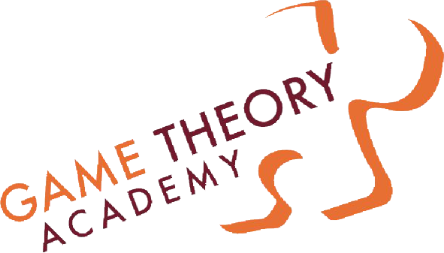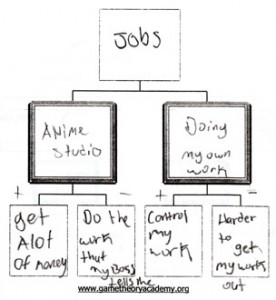By Jeremy Yong
Every summer, I assist with Game Theory Academy workshops held inside the Alameda County Juvenile Justice Center. Within those concrete walls and remote-controlled doors, a world so alien from my own, I struggle to understand how anyone could learn in this environment. After passing through security gates and filing into the classrooms (surrounded by two levels of cells), I take stock of the classroom. Posters line the walls; charismatic leaders and inspirational quotes surround us; a whiteboard sits before columns of desks. Seems like a normal classroom.
A stern security guard opens a heavy door and yells, “Line up and step into the classroom!” The guard sits in a chair behind thick panoramic windows with a view of the room. The students saunter in slowly and select chairs carefully, avoiding peers they don’t like. They all wear the same clothing: sky blue cotton shirts and dark blue sweatpants.
I distribute pencils and paper to each of the students. They accept these graciously. As the class progresses, they learn what it means to be a CEO, and what it means to make decisions for yourself within the framework of economics: thinking in your best interest, thinking about the future. Invariably, the students take issue with economic theory, pointing out its illogic and irrelevancy in their lives. And just like normal students, they argue with one another.
Further into the class, they learn about decisions trees and how to map the life of Tupac Shakur—still a prominent figure for many youth—using this tool. Then, students construct decision trees for themselves and reflect upon their own paths.
One student, Daniel, aspires to be a comic artist. He wants to push himself to achieve it, not only because it is something he wants, but also because of how it will set him apart. He looks at the path that has brought him to the JJC, and he wants out. I help him draw his decision tree (posted below) and he seems to truly enjoy the exercise, cherishing the opportunity to look ahead in his potential future and see something bright.
Speaking with Daniel puts my work in perspective, even as I collect pencils from students so they can’t take them to their cells. They can learn despite an environment stacked against them. It may not be a typical classroom, and they may not be typical students, but dreams of success are real no matter where they take root.

